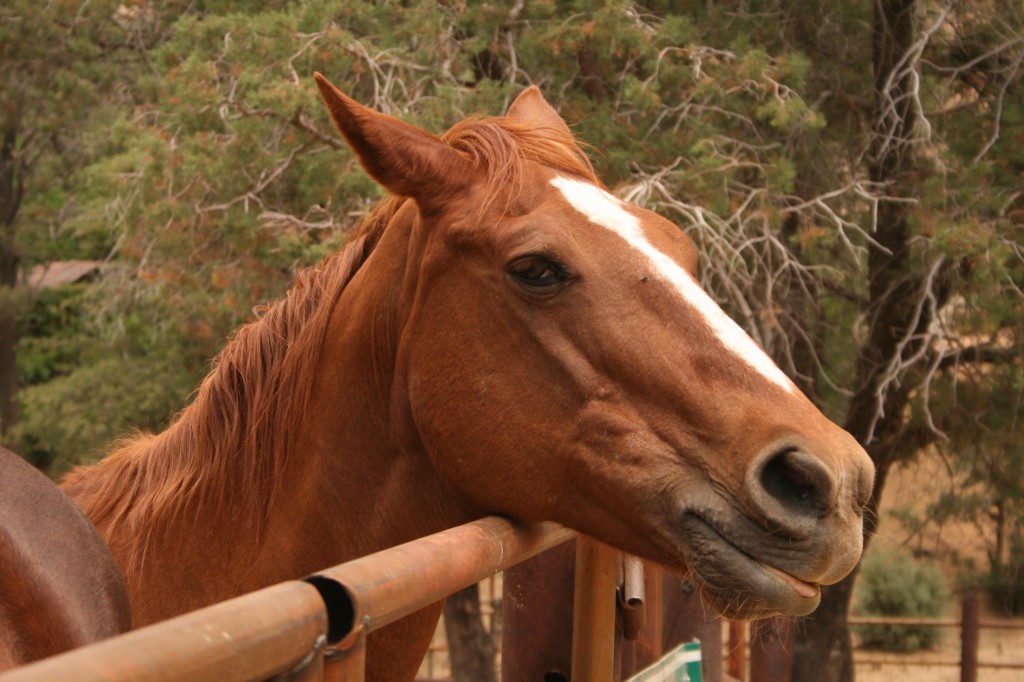
We all think differently, but is there a way in which creative people think alike? Yes, new brain research suggests. And those differences in brain connectivity and function may give us a framework to better identify creative behaviors and personalities.
Ask 10 people you know to describe or draw a picture of a dog within five minutes. The synapses in the brains of the most creative people immediately light up with the transference of ideas and impulses from one area of the brain to the other. Rather than focusing on the breed and physical traits of the dog – average people tend to stop there – the more intellectually agile folks may describe the dog’s personality or draw it engaged in some action. They may tell you the back story about the dog, or they may draw the dog’s environment.
Research on “creative” people indicates they do use more of their brains when problem solving, and so they may have more raw material available to them for problem solving or innovation. They also are, because of this skill set, more curious.
Jeffrey Baumgartner, author of the book The Way of the Innovation Master, explains this deeper marveling and engagement factor in a recent online article: “One person might see a horse standing in a field and think it is a magnificent looking animal. Another, more curiously creative person, might wonder what the horse thinks about all day … how the horse can cope for long hours of inactivity …. Or she might notice that the horse tends to hang out by the fence that borders another field where another horse is resident. The creative person might wonder how two animals that do not have spoken or written language might bond and what kinds of friendships horses might have.”
Another behavioral component that Baumgartner discusses is the discovery that the creative class has less intellectual regulation – the dorsolateral prefrontal region of the brain, responsible for self-censorship of impulse and behavior, is significantly less active for creative people during a creative assignment than it is for their more average counterparts, who have an active censor guard all of the time.
Baumgartner writes, “Their [creative] brains are programmed to worry less about fitting in with conventions and staying within norms. It is not that highly creative people are not afraid of ridicule or criticism (indeed, many artists are highly sensitive). Rather, it never occurs to them that others might ridicule their ideas.”
This, in turn, breeds a logical nature: “If anything, by not feeling compelled to fit the demands of popular culture, the creative artist needs to be even more logical than the average person who assumes that if everyone wears and buys a particular style jacket, then it is safe to buy and wear such a jacket.” Creative people do not lack regulation; they employ their own framework, forged of a more complex and developed logic, taking into account more emotions and facts.
Baumgartner argues against assuming that the creative ghosts among you are the most outgoing or introverted people: “Creativity seems to have little to do with how well one functions socially …. What truly distinguishes them from others is that they use more of their brains to generate ideas – which provides them with more raw material for building unique ideas – and less of their brains to regulate the development and sharing of those unusual ideas.”
An image is evolving of creativity that makes it easier, based on exhibited behaviors, to identify the most creative people in your workplace – the people you want to invite to the table when you need someone to help design a new product … or when you are seeking a different answer to a recurring problem.



No comments yet.